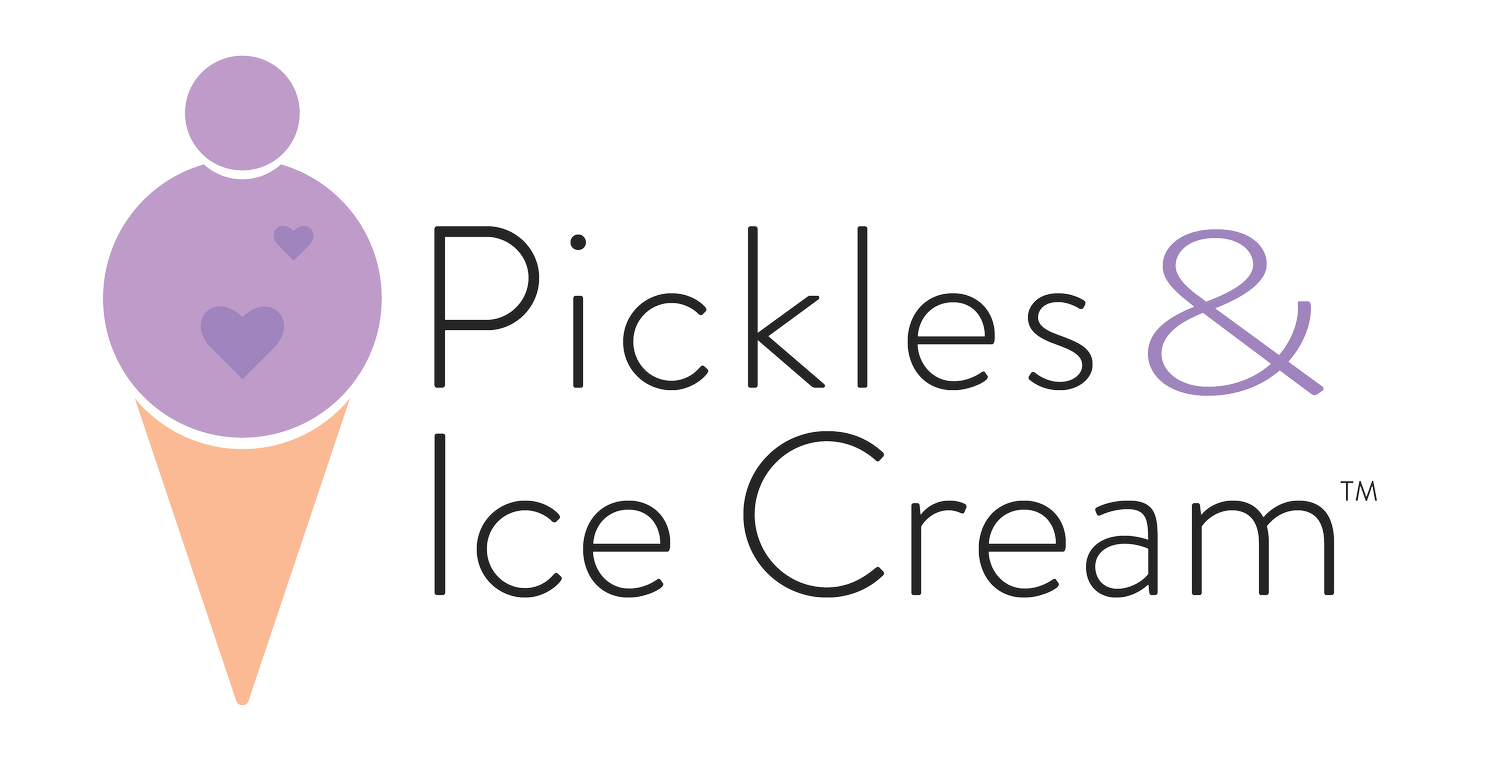Do No Harm: Birth Safety
➝ Above all, both parent & baby safety is most important while going through labor & delivery.
➝ Sometimes injuries can happen as a result of other issues during childbirth.
➝ Plan ahead and prepare for a safe and healthy birth!
Childbirth can be a beautiful and life-changing experience. One of the last things you’d want to think about during the birth of your baby is being injured or your baby being harmed. While most births are safe, even with the best of care, we know that childbirth and the postpartum period don’t always go according to plan. In some cases, “birth injuries” can happen.
If you’ve picked out your crib and packed your hospital bag, take the time now prepare for a safe birth!
What Are Birth Injuries?
For a birthing parent, these injuries can be physical (like bladder or nerve damage), or emotional (due to a difficult or disappointing delivery experience). Infants also can have birth injuries like nerve damage, broken bones, or dislocated limbs. Like their parents, some babies’ injuries may heal and some may be permanent.
Many parents who have experienced physical or emotional injury in the delivery room may have been unaware that anything could go wrong. Other parents sometimes find that they did not discover or realize they had an injury for days, weeks, or months after delivery.
If something in your body doesn’t feel right after delivery or if you are upset about something that happened to you during your delivery, it is important that you talk to a provider. The same goes for your baby – be sure to mention any concerns or questions you have about your baby’s body to your pediatrician.
The postpartum period can be a difficult time for parents to manage injuries to themselves or to their babies, and providers may be unaware that an injury has occurred. It can be helpful for parents to get a copy of their and their baby’s medical records so that they can understand what happened and begin an open discussion with their providers.
Why Do They Happen?
Whether you deliver vaginally or through C-section, there are different ways that you or your baby could be injured. However, remember that the likelihood that this will happen is still very small, especially if you are healthy and have no harmful health conditions. The most important thing you can do is to talk with your provider ahead of time to keep safety at the forefront of your birth plan.
Keep in mind also that there are many reasons that come from outside of the delivery room that can lead to a difficult delivery, injury after childbirth, and chronic illness. These include: racism, institutional bias or hostility against the LGBTQ community, lack of hospitals and providers in rural areas, and a lack of health insurance that could help parents manage pre-existing conditions like high blood pressure and diabetes.
Create a Safe Birthing Environment
The safety of both you and your baby during childbirth is a priority. Here are some steps to make sure you, your provider, and support partners do the most to keep you and your baby unharmed when the time comes!
Open up conversation. Have an honest and early conversation with your provider about what your and your baby’s risks are for childbirth injuries.
Stay informed. Take a class about childbirth to help you learn more about the process of labor and delivery so that you can ask your provider more informed questions. You can join our classes! We offer our free Online Prenatal Education Courses with a certified childbirth educator.
Define next steps. Ask your provider what both of you can do to know you’ll have physical and emotional safety during labor and delivery.
Make a plan. Your birth plan (and “plan b”) should include the safety measures you are comfortable with having for both the birth and the postpartum period. Share this with support partners, your provider, and those that will be prepared to advocate for you and your baby’s safety. Sometimes having a doula can help you communicate with your provider and help you to have a safer birthing process.
Take notes. After the birth of your baby, have a loved-one take notes when you have conversations with your pediatrician and provider. Things they say can easily be forgotten once you are caring for your new baby. Make sure you know what warning signs to look out for and who to contact if concerns come up.
Taking the time today to read some of our blog posts or making an appointment to talk to your provider may help you feel more prepared for childbirth. If you are interested in learning more about birth injury prevention and birth safety promotion in Georgia, please visit The ROBIN Project.
Being an expectant parent can be a special time for many people, full of excitement and wonder. With a little extra preparation, you can help make it a safer time for you and your baby!
References

